How Digital Marketing is Redefining Business Models in 2025

Introduction In the ever-evolving digital landscape, businesses must adapt to remain competitive. The year 2025 marks a pivotal moment where digital marketing is not just an auxiliary function but a core driver of business transformation. This blog explores how digital marketing is reshaping business models, the key trends shaping the future, and why businesses must […]
The Evolution of Brochure Design: From Print to Digital Formats

Introduction Brochures have long been a cornerstone of marketing and advertising strategies, offering businesses an effective way to communicate with their audience. Over the years, the design and format of brochures have undergone significant transformations, evolving from traditional print formats to dynamic digital versions. At eCrystal Digital Technology in Coimbatore, we specialize in creating both print and […]
